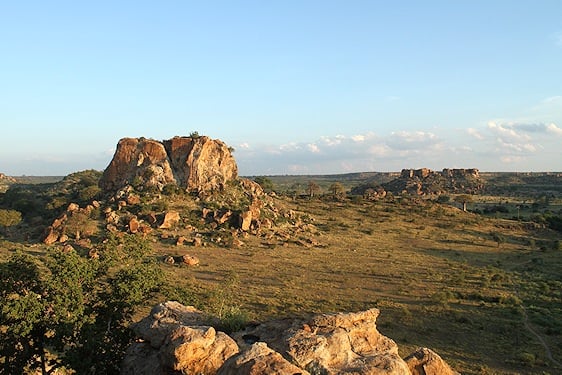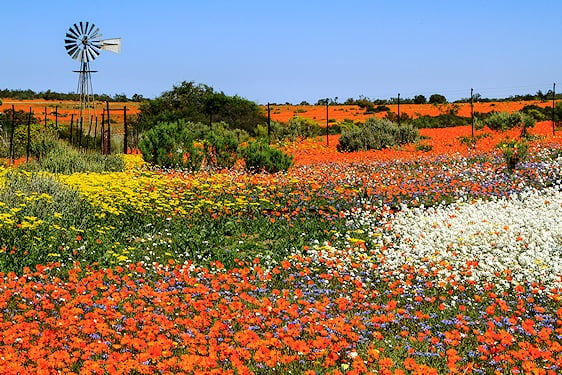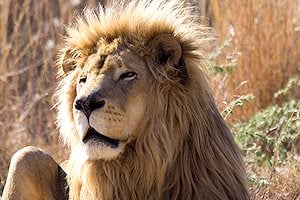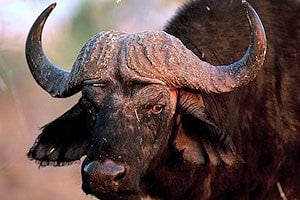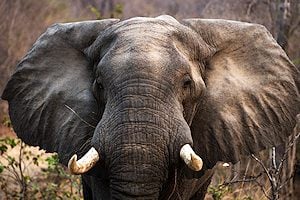Scrub Hare
The scrub hare is a sturdy species that happens to be endemic to Southern Africa.
Need Advice?- Home
- >>
- African Travel
- >>
- South Africa
- >>
- National Parks
- >>
- Kruger National Park
- >>
- Mammals
- >>
- Scrub Hare
Description
They are a species of hare found in Kruger Park. Their body color is a neutral grey decorated with small black areas, which results in a distinct color by which they can be identified and distinguished from other species of hares and even rabbits.

They are found virtually everywhere in South Africa, from regions dominated by fynbos in the Eastern and Western Cape Provinces to the bushveld and Lowveld, the subtropical regions of KwaZulu-Natal and even the arid Karoo semidesert areas. They occur in Swaziland and some Southern parts of Namibia.

Status
They are currently in no danger or threat of extinction but are steadily declining. They will continue to do so for most of the near future due to habitat loss and overhunting. Within the next 100 years, their population is estimated to decrease by 20%. Their current population, between known subspecies, is around 10 000 individuals, although these numbers are usually very conservatively estimated. They inhabit four countries. Expanding agricultural areas in these countries significantly threaten their habitat.

Habitat
They are adaptive. Savannah areas, along with woodlands and taller grasslands, are among their favorite environments, and during the evening, short or open plains are added to this list. All they need in an environment are lots of grassy areas and enough cover to hide during the middle of the day from predators in the area. However, the forest and desert areas are a bit extreme for these animals, although they have adapted well to lands developed into agricultural areas.

Social Organization
The only time of the year two of these animals can are seen together is during mating season or when offspring accompany their mother in the early and vulnerable stages of their lives. Males may react with hostility when other adult males accidentally interact with them or cross their paths. It may be heightened during mating season when all males fight for a partner.
Finest Safari Areas in Africa for Encountering Scrub Hare
We recommend the following National Parks and Private Reserves for the best chances of spotting the scrub hare on safari game drives and bush walks.

Social Behavior
These animals are nocturnal except on overcast days when you can see them in daylight. In grassland areas, their food typically consists of green, primarily grasses. In harsher conditions like droughts, they may eat leaves, stems, bark, or other available food sources. They need to drink water to properly digest the grasses they eat and to stay hydrated in the African heat.

Reproduction
These hares breed any time during the year, although mating typically peaks during summer. When a female is in heat, many males will surround her in an attempt to mate with her. The males compete by boxing and kicking each other using their front and hind legs. Once all have lost but 1, the pair will mate. Only 42 days or so will pass before the female gives birth to their litter of 1 -3 offspring, and they can keep this up four times a year.

Anti-Predator Behavior
Like many small mammals, these don’t have a unique and complex way of escaping the grasp of predators. Instead, they practice the oldest and most basic method of getting away; running away as fast as possible. Despite their natural agility and speed, flight doesn’t always get them out of trouble. Predators include most small cat species like servals and caracals, jackals, pythons, and many birds of prey.


